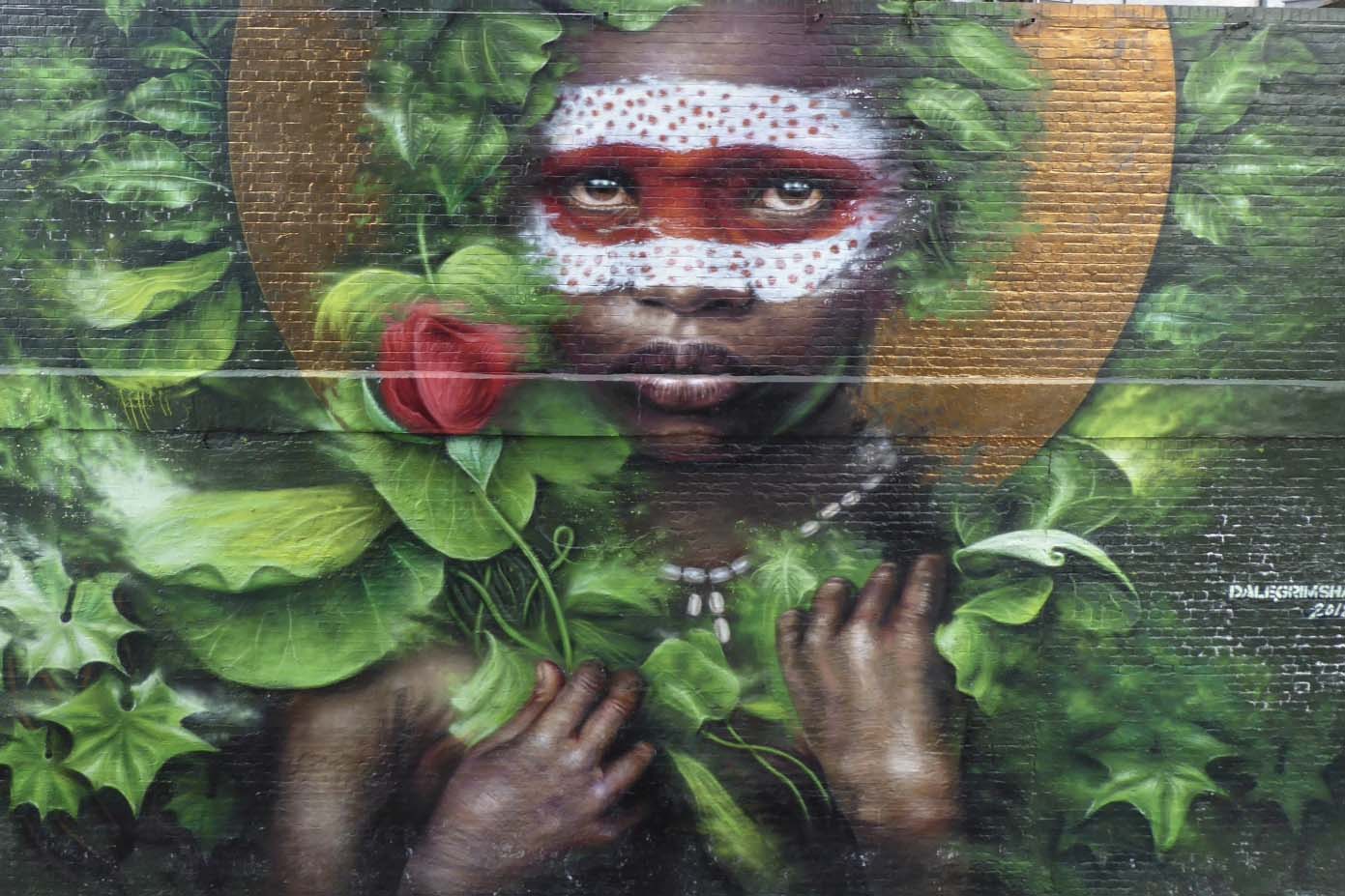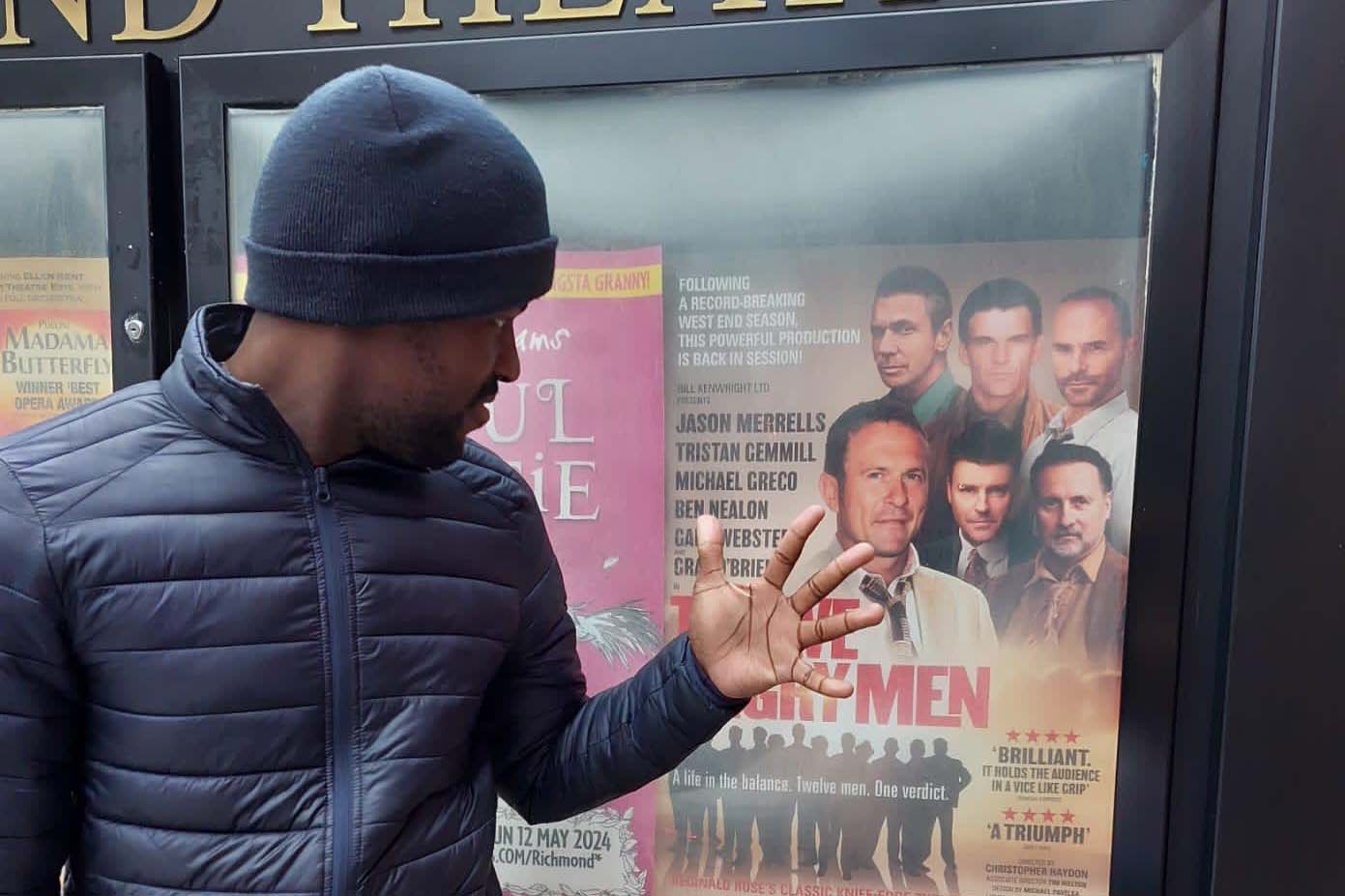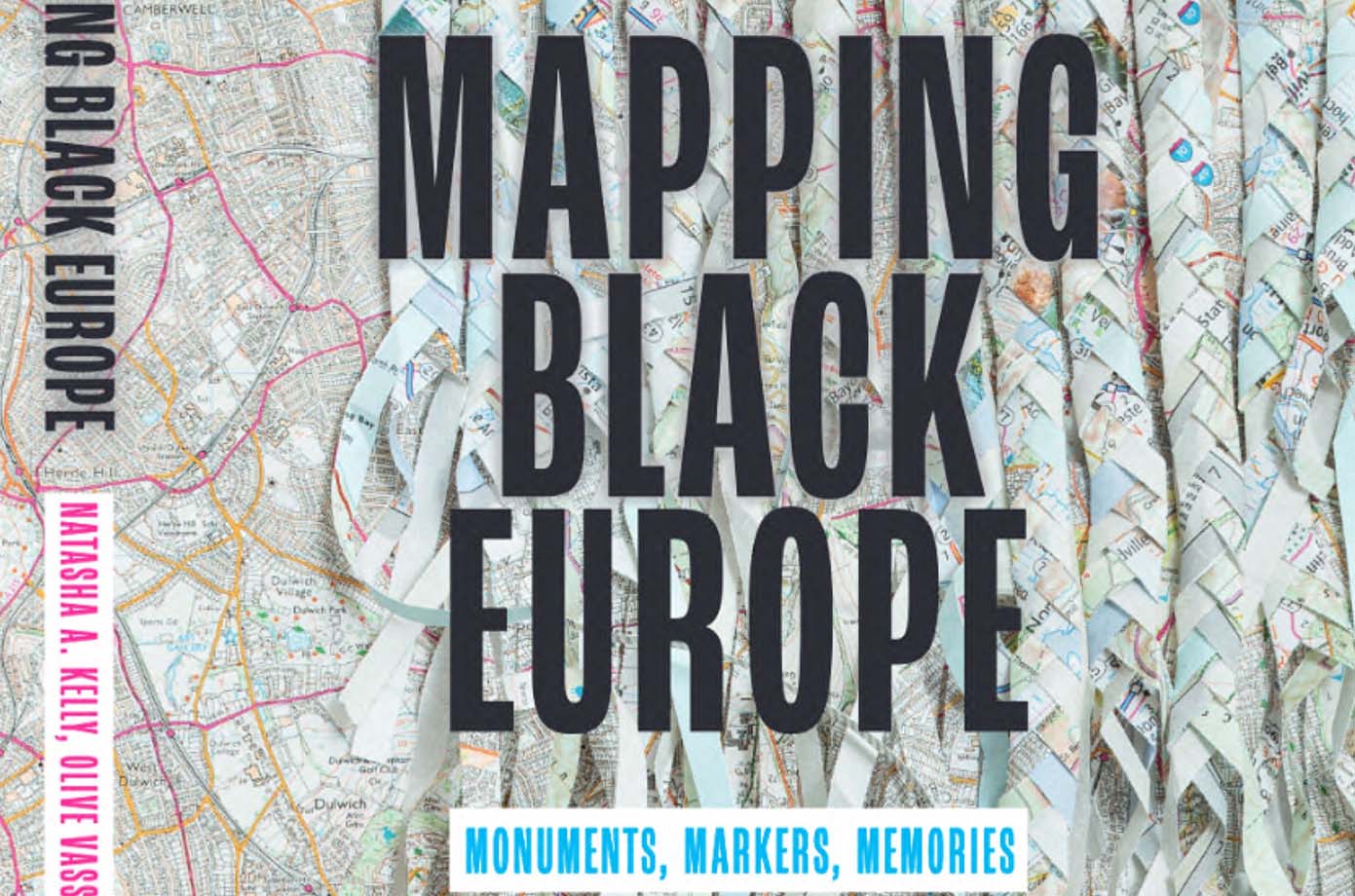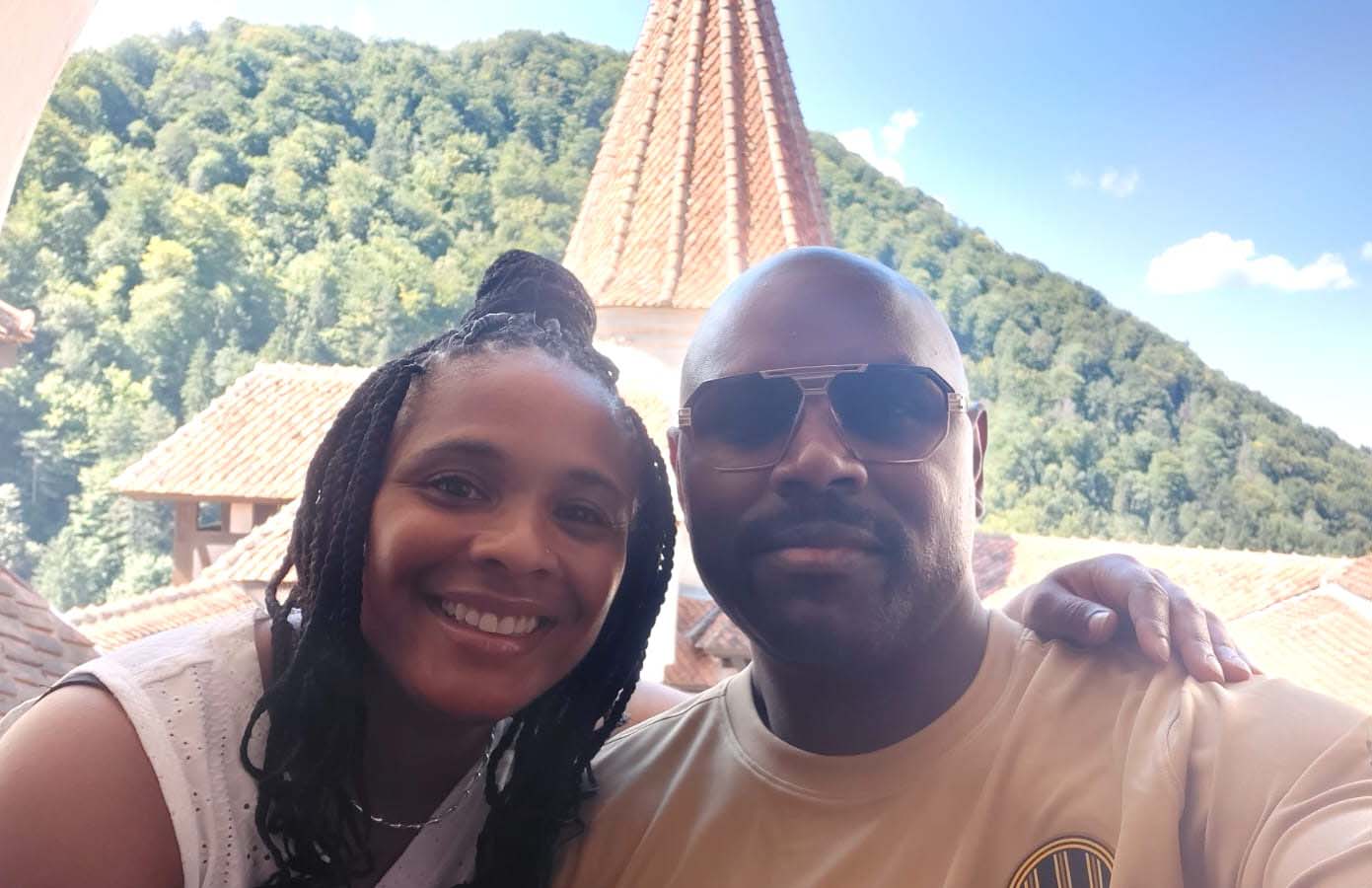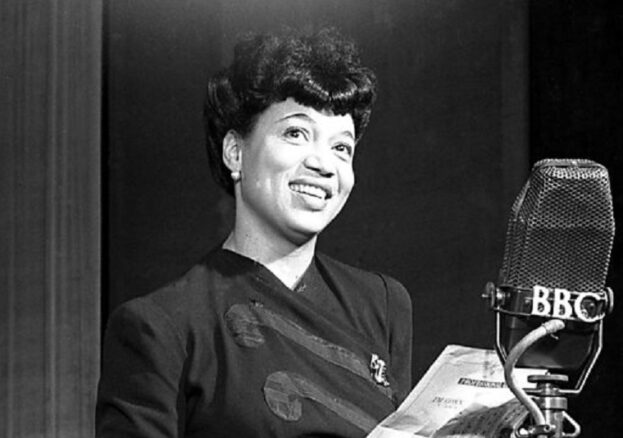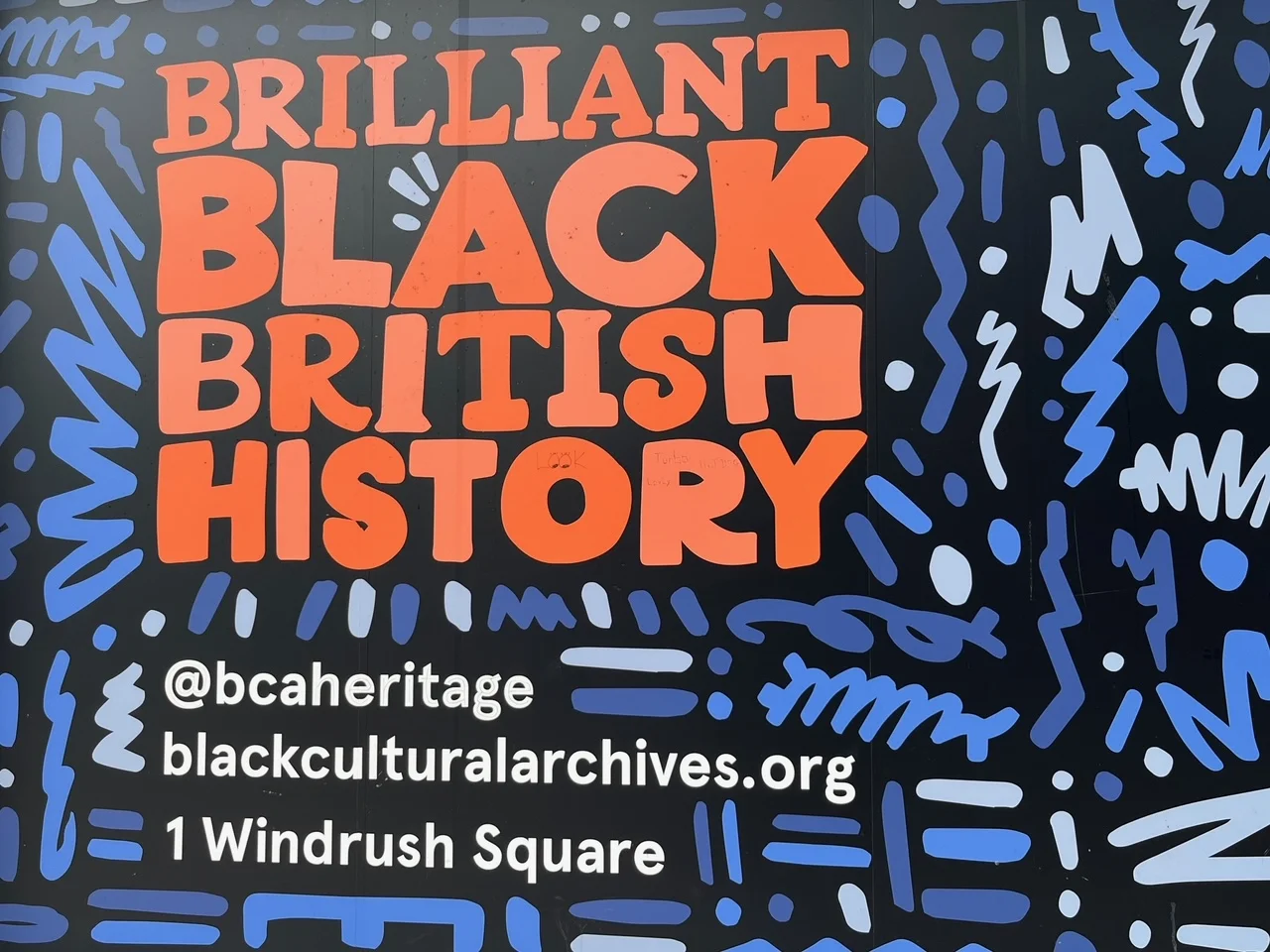
By Olive Vassell
The UK’s capital, London, is a vibrant, multicultural mix. Born here to Caribbean parents, as a child, it provided the perfect backdrop for me to learn about and experience my heritage as a first-generation Brit. Later, it was where I began my journalistic journey, documenting the social vibrancy and cultural richness contributed by people of African descent. When I recently decided to take another look at my home town, it was with a renewed passion for the place where my Black British identity was formed. I’d like to share my Black London with you.
South London
Brixton
Some of my earliest memories are from here. Etched in my mind are the Saturday shop-ups in which we children would trail after our mother as she bought food from “home,” and exchanged news with the relatives and friends we would meet along the way. Today African-Caribbean culture still hums through the markets. You can still grab a saltfish patty and, strolling down Electric Avenue, you’ll find murals celebrating figures like Olive Morris, a community leader and 1970s local activist. One of the area’s most important landmarks is Windrush Square which is home to several monuments including the Black Cultural Archives, the African Caribbean War Memorial, and the Cherry Groce Memorial Pavilion.
Visit: Windrush Square
https://www.lambeth.gov.uk/parks/windrush-square
North London
Tottenham & Stroud Green
My first job as a journalist was at the long-gone, West Indian World in Tottenham. Known for its rich history of Black communities and activism, I “cut my teeth” in this rich training ground covering places such as Broadwater Farm. Nearby Stroud Green is home to one of my favourite bookshops, New Beacon Books, founded by prominent Black activist and publisher, John La Rose in 1966. With its repository of literature from Africa, the Caribbean, Asia, African America, Europe, and Black Britain, it is easy to spend hours there rifling through books you might not find elsewhere. But, it’s more than a bookshop, it’s also a gathering place where people can connect with culture.
Visit: New Beacon Books
https://www.newbeaconbooks.com
East London
Ridley Road & Three Mills Green (near Stratford)
I discovered this popular hub a little later than others but quickly developed an enthusiasm for the area’s significant Caribbean community. Thankfully, their history has been captured in the Ridley Road Stories Project which aims to ensure that the contributions of Black residents are recognised and celebrated using oral histories, photography, and other forms of storytelling. Meanwhile, as a fan of memorials, I love the bronze statue “Reaching Out” by Thomas J. Price. It depicts a Black woman using her phone and is part of The Line, an art walk. It is notable as one of the first public statues of a Black woman in the UK created by a Black sculptor.
Visit: The Ridley Road Stories project
https://hackney.gov.uk/ridley-road-market
“Reaching Out” statue
https://the-line.org/artist/thomas-j-price/
West London
Notting Hill & Westminster I spent many August Bank holidays in my youth dancing in the streets and following sound systems during the annual Notting Hill Carnival. I also relished stories about its Black residents, the city’s earliest Caribbean settlers. Today, the tony area still comes alive with the sounds and food of the islands and if you walk along Portobello Road, you might find Caribbean grocers rubbing shoulders with antique shops. Meanwhile, I am drawn to Westminster because of its rich Black history. Among the stories are those of Mary Seacole, the famed nurse who lived in the area and importantly is honoured with a statue near the Houses of Parliament and of Britain’s first Black newspaper, The African Times and Orient Review, founded in 1912 by Dusé Mohamed Ali, which was located at 158 Fleet Street.
Visit: Notting Hill Carnival.
Mary Seacole statue
https://www.maryseacoletrust.org.uk/mary-seacole-statue/
For more on Black London, read my book, Mapping Black Europe: Monuments, Markers, Memories.
https://www.amazon.co.uk/Mapping-Black-Europe-Monuments-Memories/dp/3837654133
Elisabeth Welch, a name that resonates with timeless elegance and unparalleled talent. Born in 1904, Welch was a trailblazing African-American singer and actress who left an indelible mark on the entertainment industry. Her career spanned decades, showcasing her versatility in jazz, blues, and musical theater.
Welch’s voice was a mesmerizing instrument that transcended boundaries, captivating audiences on both sides of the Atlantic. From her early performances in the Harlem Renaissance to gracing London’s West End stages, Welch’s charisma and vocal prowess earned her widespread acclaim.
Beyond her musical prowess, Welch made history as one of the first African-American women to star in a British film during the 1930s. Her legacy is not only defined by her groundbreaking achievements but also by her resilience in the face of racial and gender barriers.
Elisabeth Welch’s journey is a testament to the enduring power of talent and tenacity. As we celebrate her contributions, let us remember and honor a woman whose artistry continues to inspire generations, leaving an indomitable legacy in the annals of entertainment history.

